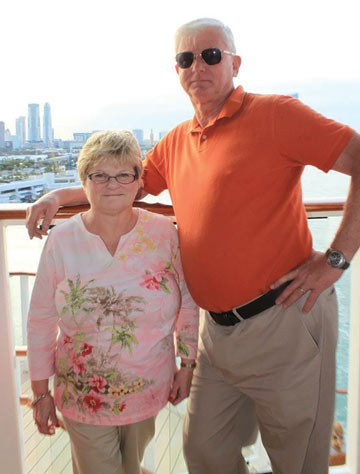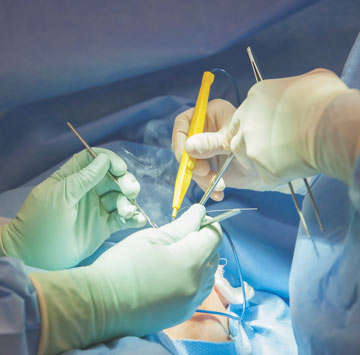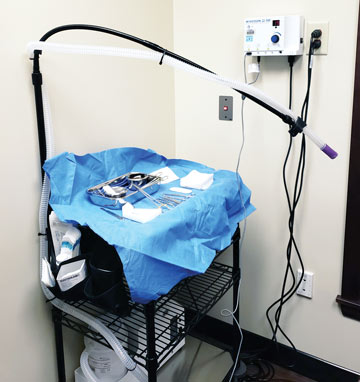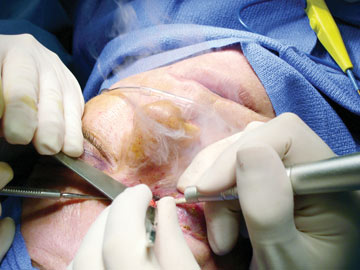Julie Greenhalgh, RN, BSN, CNOR, began her career in the OR in 1975. After 42 years of inhaling surgical smoke, her lungs couldn’t take it anymore. She left the OR a couple years ago for the smoke-free sanctuary of office-based surgery (where there’s no cautery). Gone are the constant upper respiratory infections and chronic bronchitis she suffered. Gone are the 3 inhalers she needed daily to ease the shortness of breath, chest tightness and wheezing.
Ms. Greenhalgh, 64, may have retired early from perioperative nursing, but she left the OR a much better place. As past president of the Rhode Island chapter of AORN and now its government affairs liaison, she helped lead the effort for Rhode Island to become the first state to pass legislation that requires all hospitals and ambulatory surgery centers to use surgical smoke evacuation systems. The law took effect on New Year’s Day. Facilities have 90 days from Jan. 1 to report that they’ve adopted smoke policies to the Rhode Island Department of Health.
It’s not enough to have smoke evacuation equipment in place. It’s got to be in use — regardless of the surgeon’s preference.
“If you’ve got a surgeon who says, ‘I’m not using it (the smoke evacuator),’ you say, ‘Yes, you are, because the policy states you have to,’” says Ms. Greenhalgh.
Each facility can write its own policies, but they must state that a smoke evacuator must be used during every procedure in which smoke is being emitted from the surgical field.
.svg?sfvrsn=be606e78_3)




.svg?sfvrsn=56b2f850_5)